Matcha (抹茶) is a finely ground powder made from specially grown and processed green tea leaves, celebrated for its vibrant color, rich flavor, and deep roots in Japanese culture. Unlike regular green tea, where leaves are steeped and discarded, matcha involves consuming the whole leaf delivering a unique sensory and nutritional experience.
If you've ever marveled at the emerald swirl of a matcha latte or watched a tea master whisk a frothy bowl with ritualistic care, you've glimpsed only the surface of this storied ingredient. But what exactly is matcha? How is it different from other teas? And how can you best enjoy it in your daily life from mindful sipping to culinary delights?
In this article, we explore the origins, unique preparation, sensory pleasures, health benefits, and practical tips around matcha including how handcrafted Japanese tableware can turn your tea time into a truly cultural experience.
Quick Facts: What Makes Matcha Unique?
- Origin: Japan (with roots in China’s Song dynasty)
- Type: Shade-grown green tea, stone-ground into powder
- Preparation: Whisked into water, not steeped
- Flavor: Creamy, umami-rich, subtly sweet
- Nutrition: High in antioxidants, L-theanine, and chlorophyll
From Zen to Your Teacup: The Origins of Matcha
Matcha's journey begins in China’s Song dynasty (宋朝), where powdered tea was first used in court and monasteries. However, it was Zen monk Eisai (栄西) who brought tea seeds and the practice of powdered green tea preparation to Japan in the 12th century. He believed matcha could aid meditation and physical health two ideals that still shape its cultural role today.
By the Muromachi period (1336–1573), matcha had become central to Japanese tea ceremonies (chanoyu 茶の湯), especially among samurai and monks. Over time, matcha culture blossomed through the refined rituals of wabi-cha (侘茶), emphasizing simplicity, imperfection, and mindful presence.
Today, regions like Uji (Kyoto), Nishio (Aichi Prefecture), and Yame (Kyushu Island) are renowned for producing some of Japan’s finest matcha.
The Cultural Significance of Matcha in Japan
Beyond its ceremonial use, matcha is woven into the fabric of Japanese daily life. It symbolizes hospitality, mindfulness, and a connection to nature. Sharing matcha is a gesture of respect, and the act of preparing and enjoying it whether in a formal tea room or a modern café reflects values of harmony, tranquility, and appreciation.
How Matcha Is Made: From Leaf to Powder
- Shade-growing: Tea bushes are covered for 2–4 weeks before harvest, boosting chlorophyll and sweetness.
- Hand-plucking: Only the youngest, tenderest leaves are selected.
- Steaming and drying: Leaves are quickly steamed to halt oxidation, then dried.
- De-stemming and deveining: The result is tencha (碾茶) pure leaf flesh.
- Stone-grinding: Slow-turning stone mills (石臼) grind tencha into a fine, silky powder.
The result? An ultra-fine, bright green powder with a sweet, grassy aroma and rich flavor unmatched by steeped teas.
Matcha vs. Other Green Teas: What Makes It Unique?
| Feature | Matcha | Regular Green Tea |
|---|---|---|
| Consumption | Whole-leaf powder | Leaf infusion only |
| Preparation | Whisked | Steeped |
| Appearance | Bright green powder | Pale green/yellow liquid |
| Flavor | Creamy, umami-rich | Light, grassy |
| Caffeine | Higher (40–70mg/serving) | Lower (15–30mg/serving) |
Because you ingest the entire leaf, matcha delivers a stronger dose of caffeine, antioxidants (like EGCG), and calming L-theanine, creating a balanced energy effect often described as relaxed focus.
Health Benefits of Matcha
- Antioxidants: Especially catechins like EGCG, which may support cellular health.
- L-theanine: May promote calm alertness and reduce jitters from caffeine.
- Chlorophyll: Supports detoxification and gives matcha its vibrant color.
Note: While matcha offers potential health benefits, results vary and more research is ongoing. Enjoy it as part of a balanced lifestyle.
The Taste of Matcha: A Sensory Journey
- Color: Vivid, almost neon green
- Aroma: Fresh and grassy, with dimethyl sulfide contributing to its scent
- Texture: Silky, almost weightless
- Flavor: Vegetal notes, subtle sweetness, and savory umami
Tip: Enjoy matcha in a handmade chawan (茶碗 – matcha bowl) or yunomi (湯のみ – teacup) to heighten your sensory experience.
Types and Grades of Matcha: Ceremonial to Culinary
- Ceremonial Grade: Best for drinking, made from first-harvest leaves.
- Culinary Grade: More robust and bitter, ideal for cooking.
- Barista Grade: Designed to pair with milk in lattes.
Look for bright color, fine texture, and freshness. Japan’s ISO 20715:2023 helps standardize quality, but always choose from trusted sources.
How to Buy and Store Matcha: Keep It Fresh
Buying:
- Choose a reputable Japanese supplier.
- Buy in small quantities for freshness.
- Look for vacuum-sealed foil pouches or tins.
Storing:
- Keep in a cool, dry, and dark place.
- Use a chaire (茶入れ) or natsume (棗) for proper storage.
- Refrigerate or freeze if needed, but let it reach room temperature before opening.
How to Prepare Matcha: Step-by-Step
- Sift 1–2 teaspoons of matcha into a bowl.
- Add 60ml of hot water (~80°C/176°F).
- Whisk in a zig-zag motion with a chasen (茶筅) until frothy.
- Enjoy as usucha (thin tea) or add more matcha for koicha (thick tea).
No whisk? Use a frother or shaker bottle.
Matcha in the Kitchen: Beyond the Bowl
- Drinks: Lattes, iced teas, matcha-iri genmaicha
- Desserts: Ice cream, castella, manjū, wagashi
- Modern recipes: Matcha & white chocolate blondies, spinach pancakes
- Savory: Noodles, soups, matcha-jio on tofu
Pairing tip: Matcha complements mildly sweet and rice-based snacks.
Common Questions About Matcha
Is matcha high in caffeine?
Yes, more than regular green tea, less than coffee. L-theanine balances the effect.
Does matcha contain sugar?
No, pure matcha is sugar-free. Sweetness comes from other recipe ingredients.
Can I use matcha in cooking?
Absolutely! Use culinary grade for recipes, ceremonial grade for drinking.

Final Thoughts: Why Matcha Matters
Matcha is not just a drink, it's an experience.
Ready to Begin Your Matcha Journey?
Start with quality, embrace the ritual, and don’t be afraid to play with recipes. Your perfect matcha moment is waiting and it might just begin with the perfect bowl.


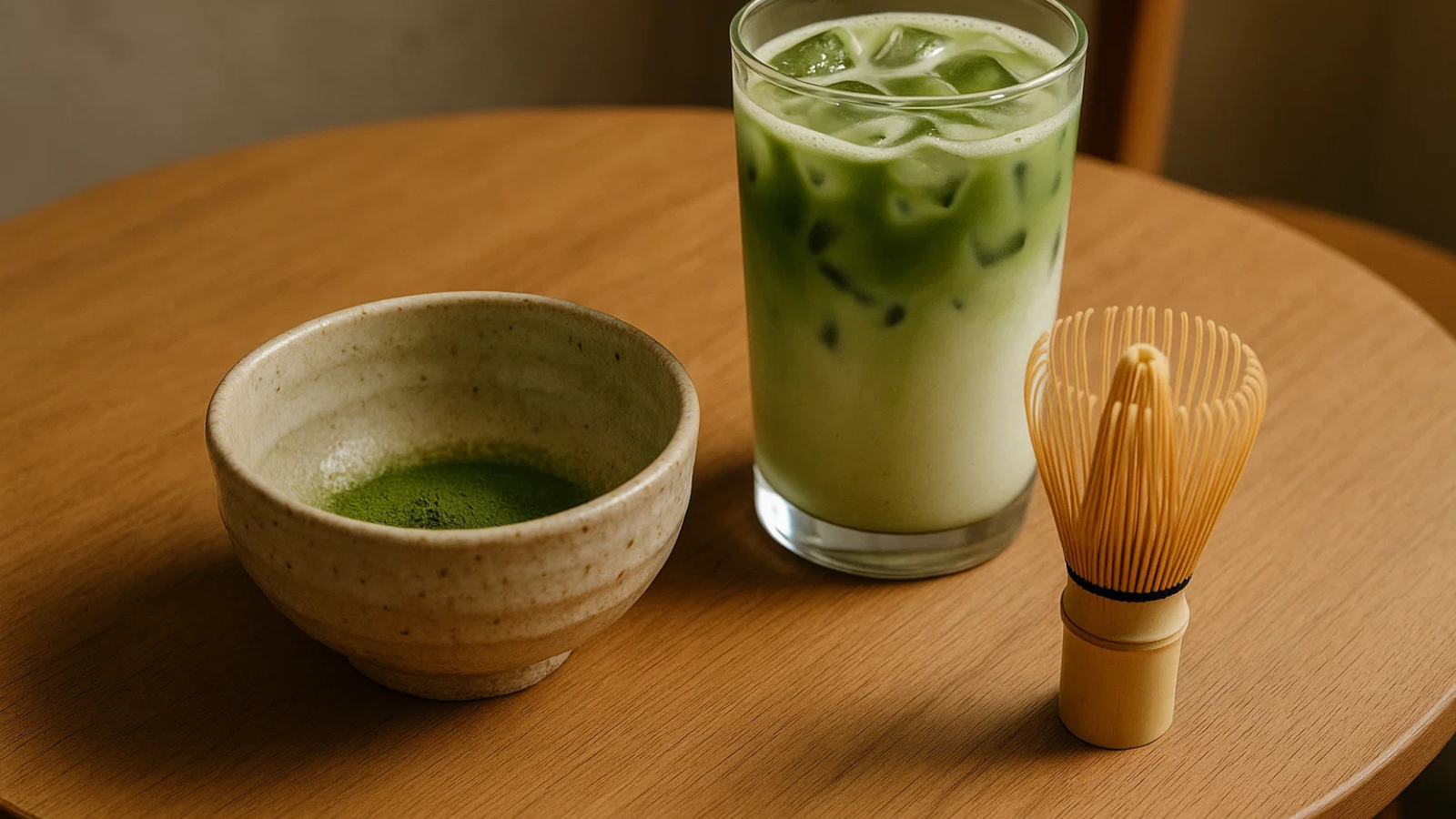

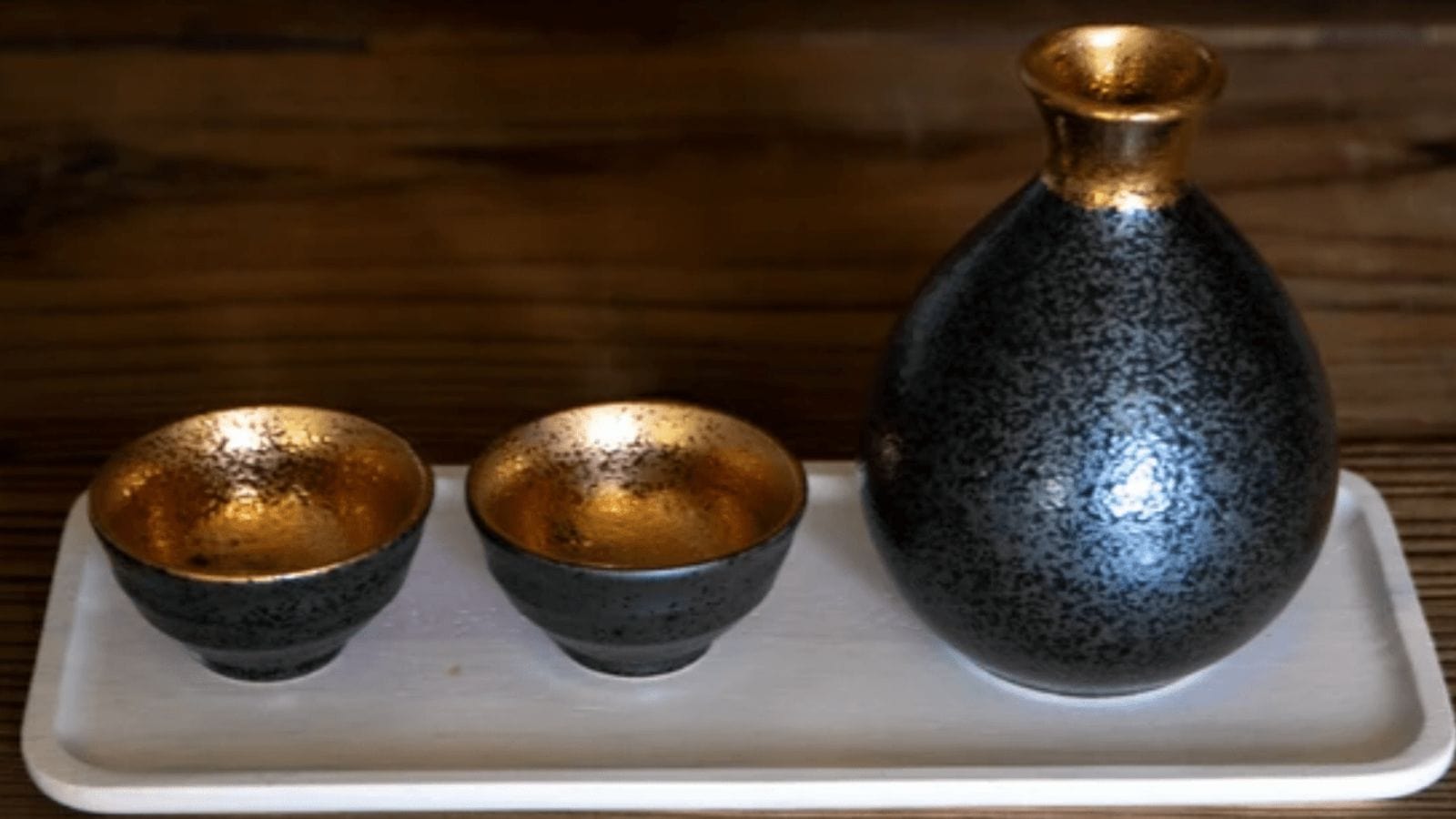
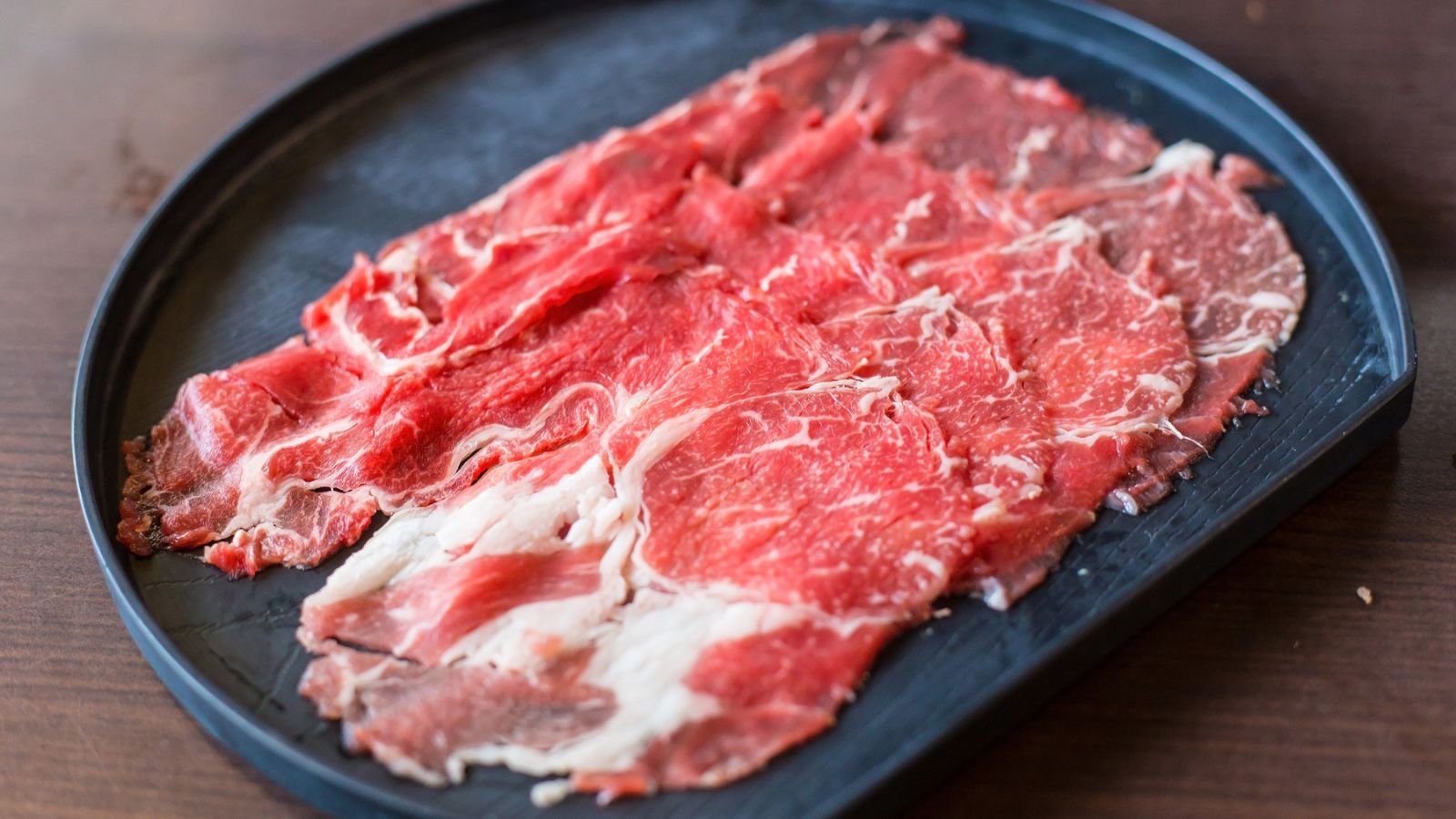
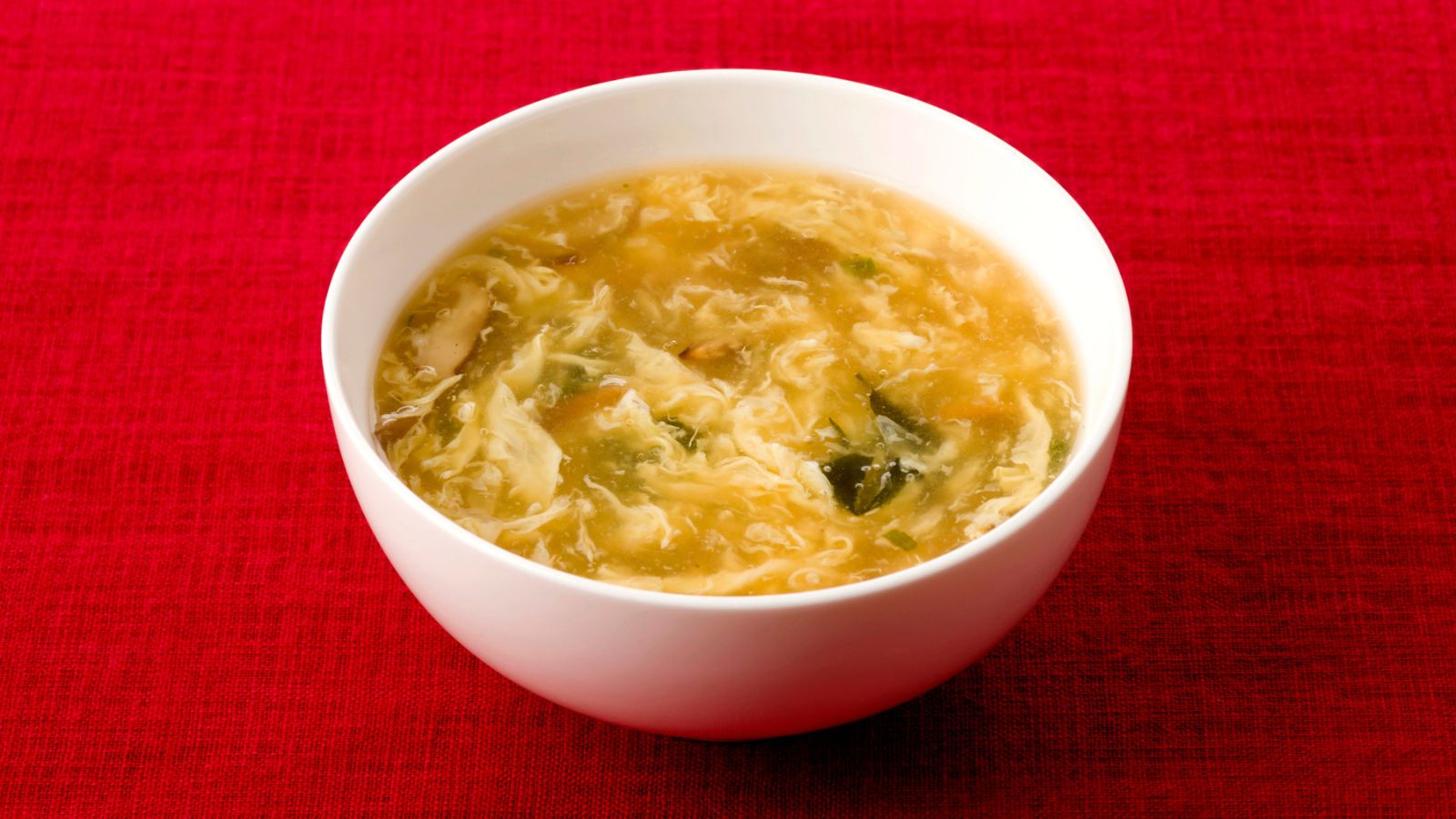
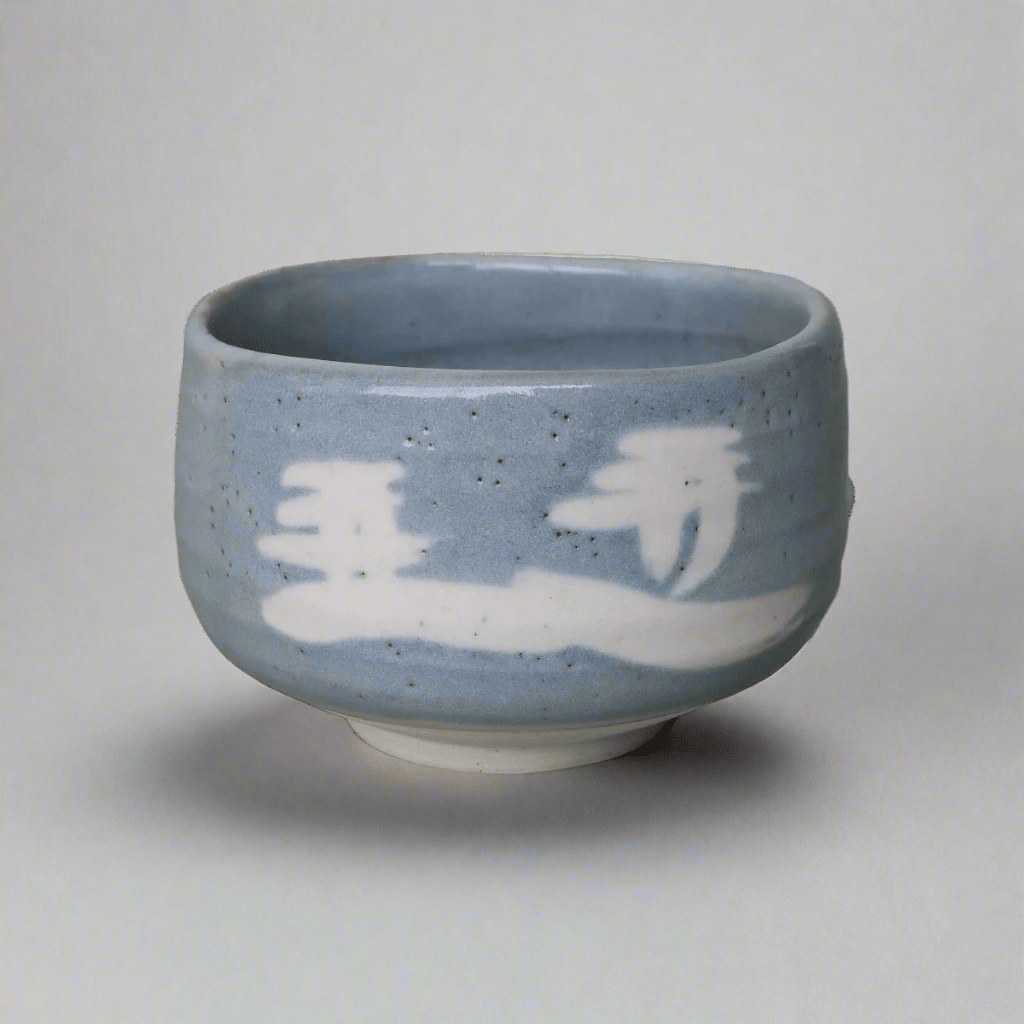
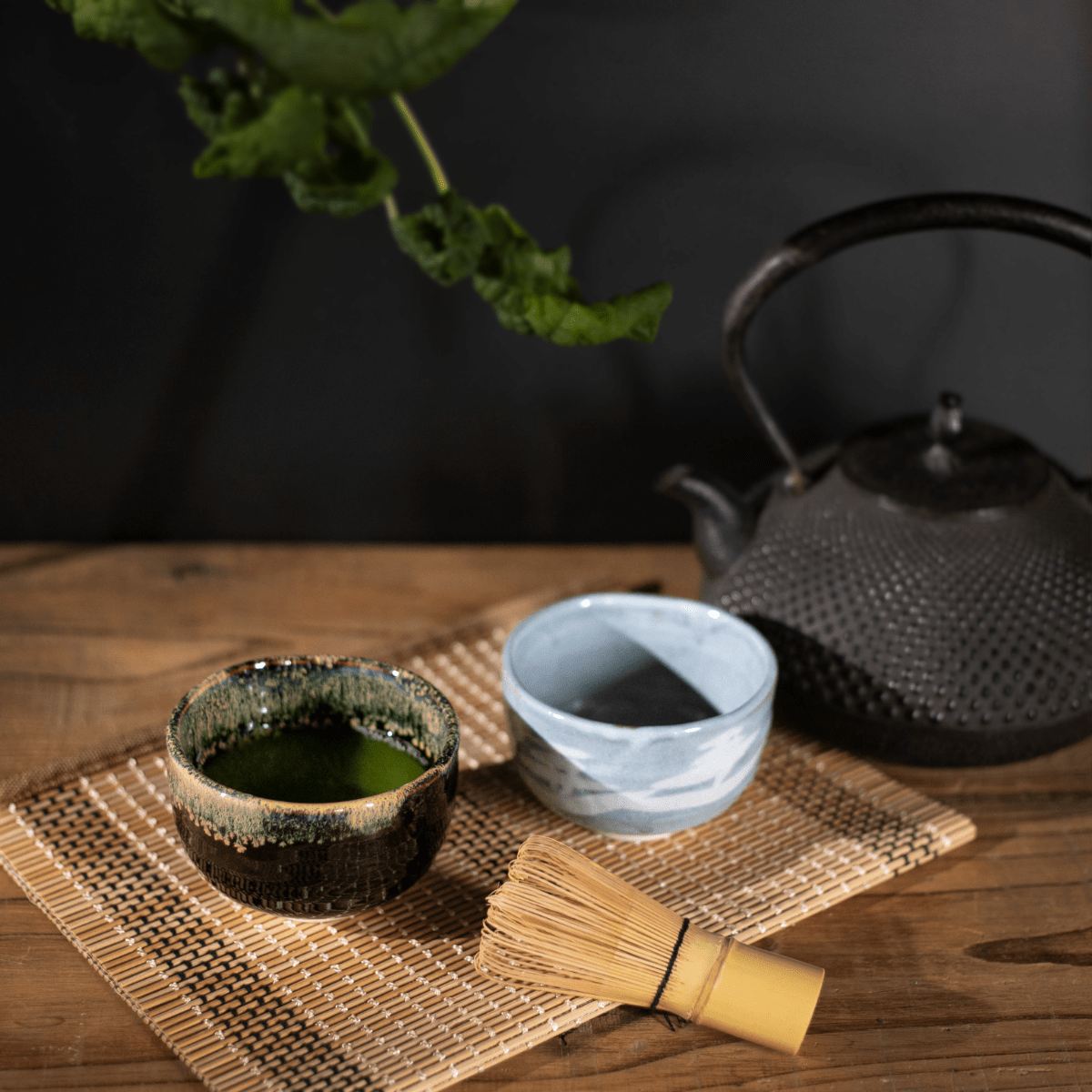
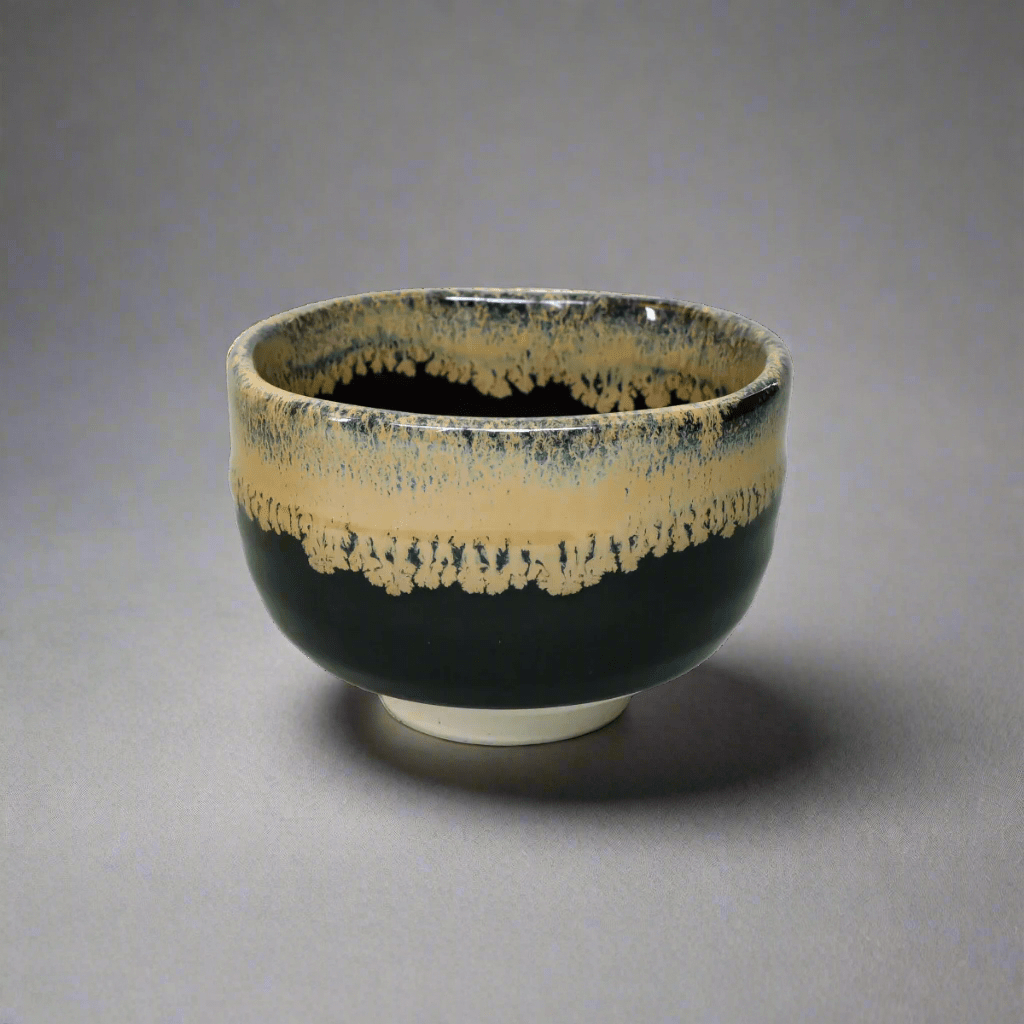
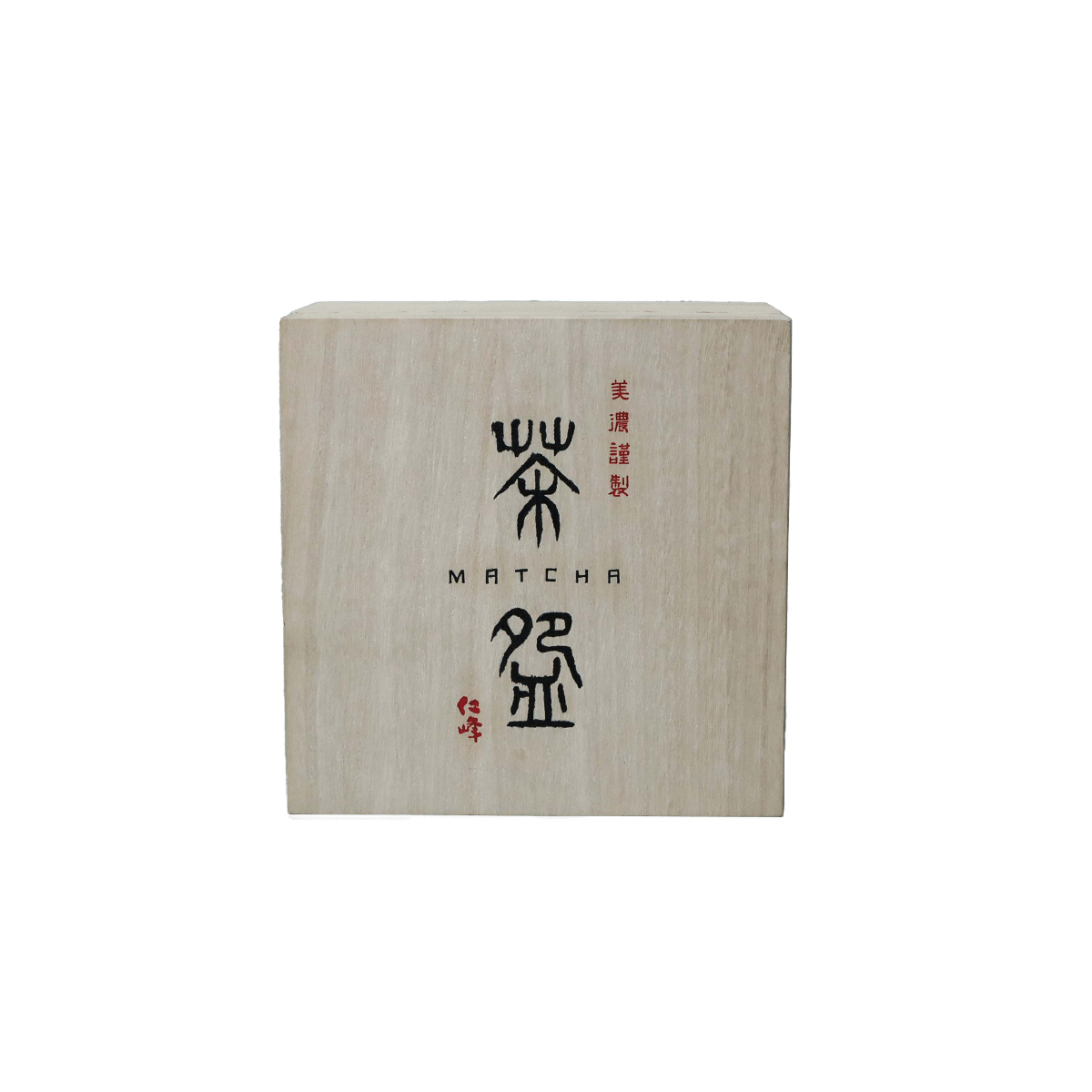
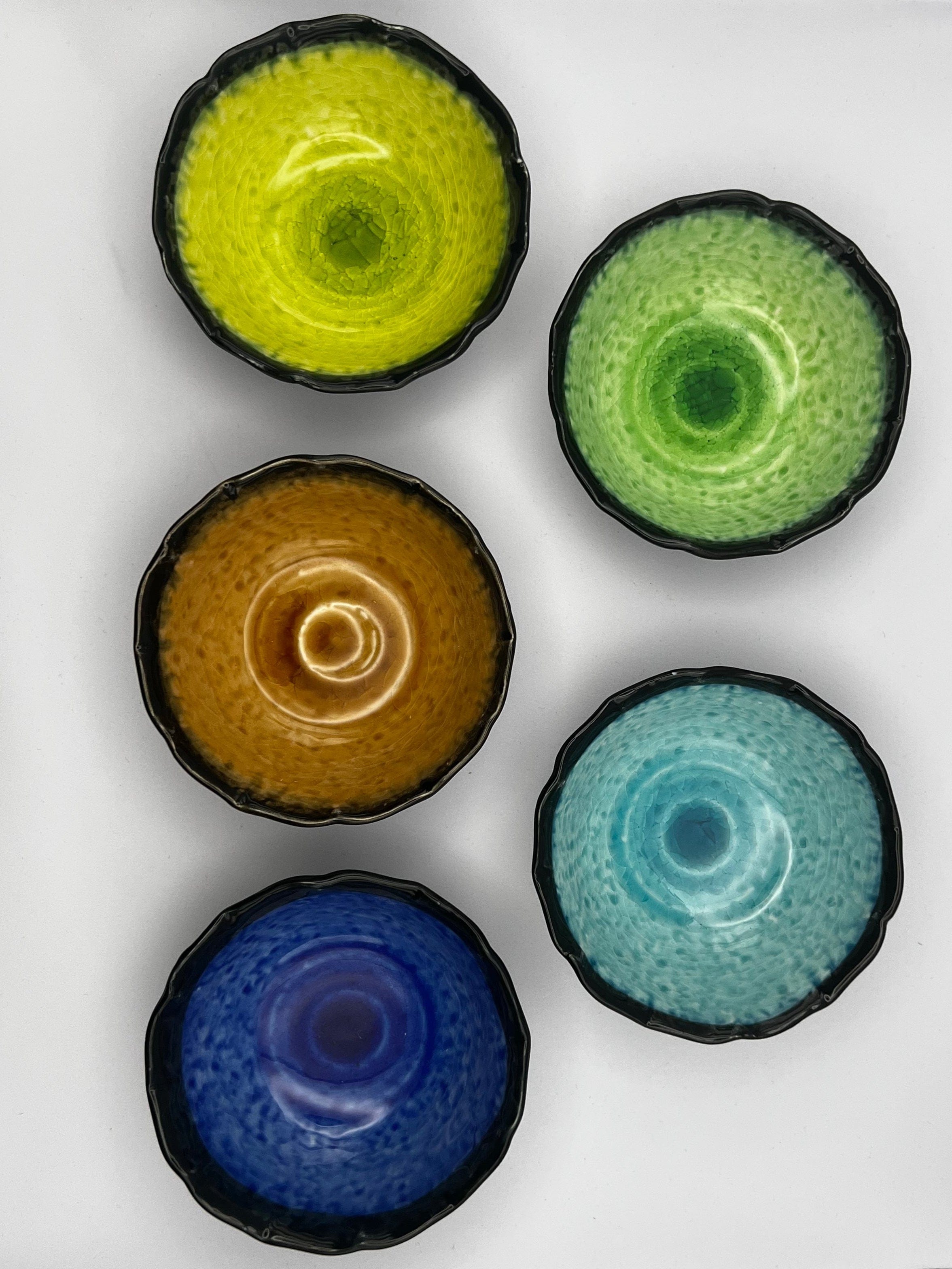
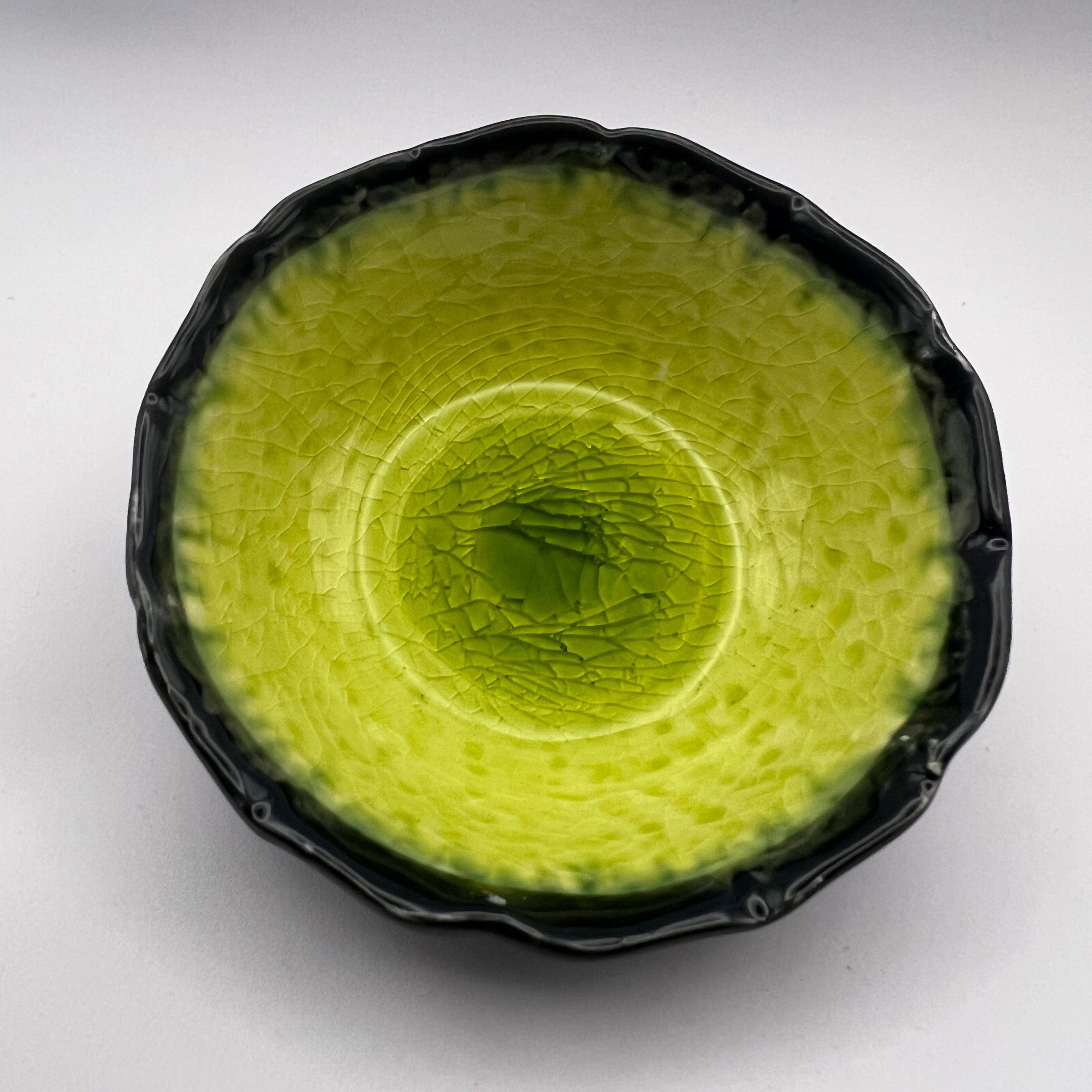
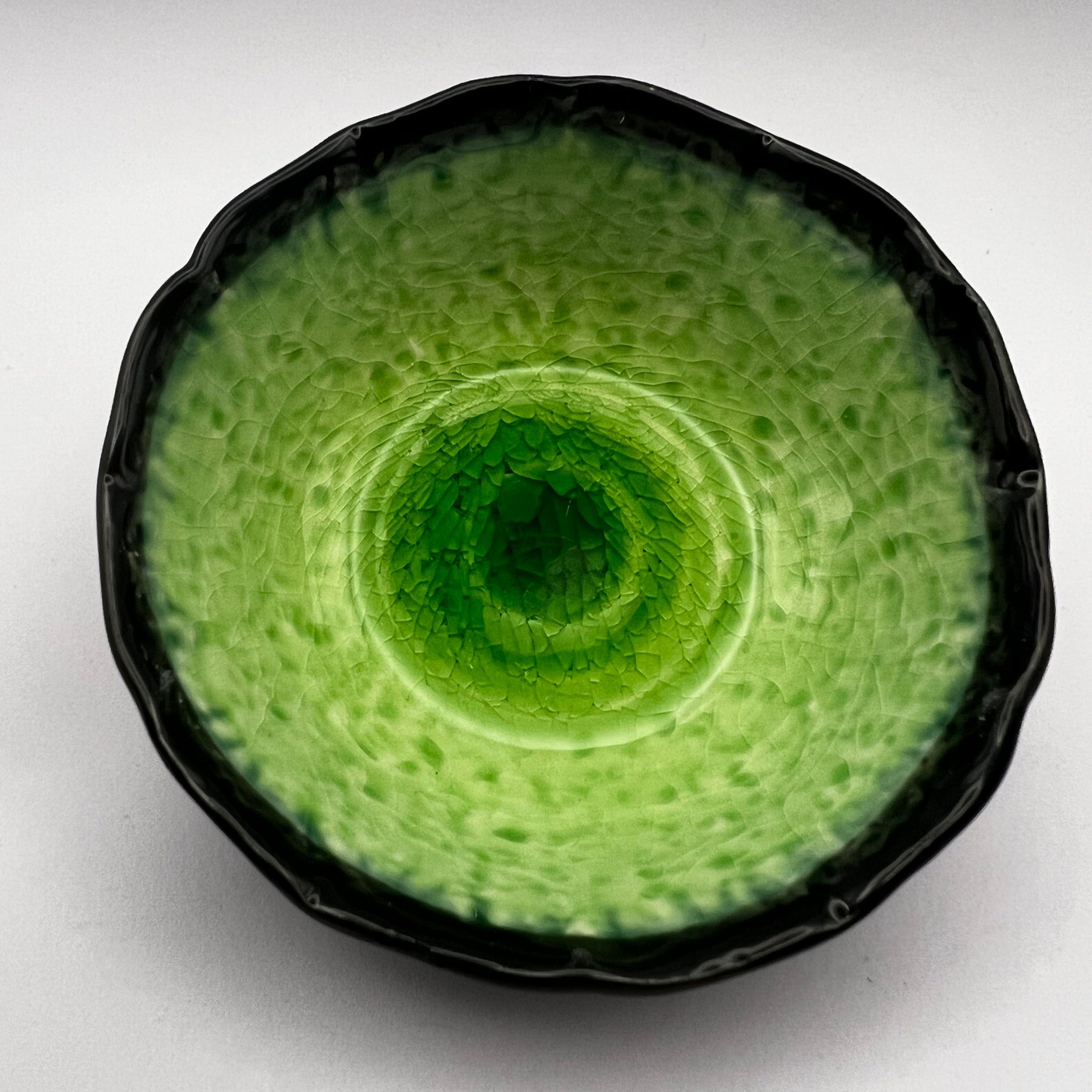
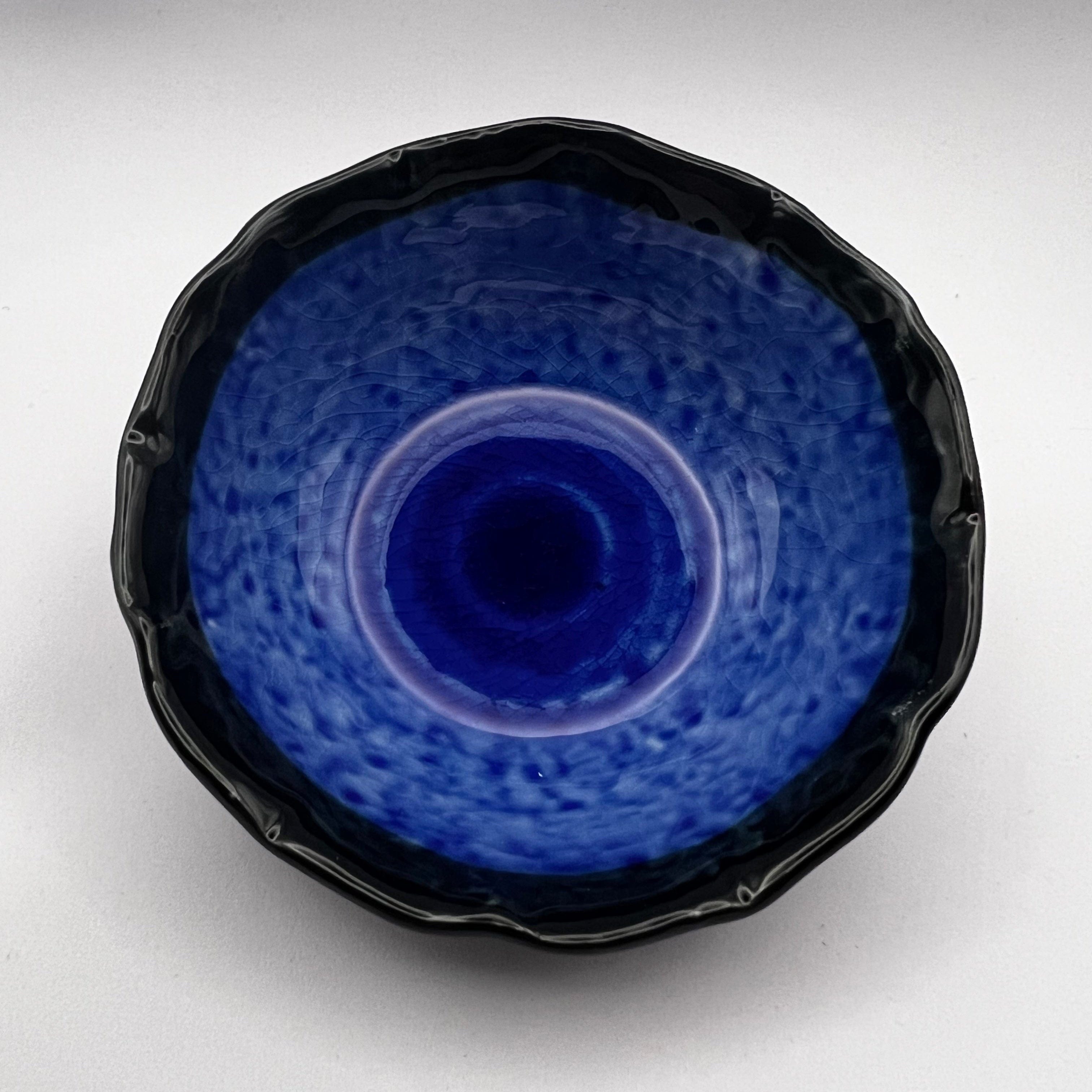
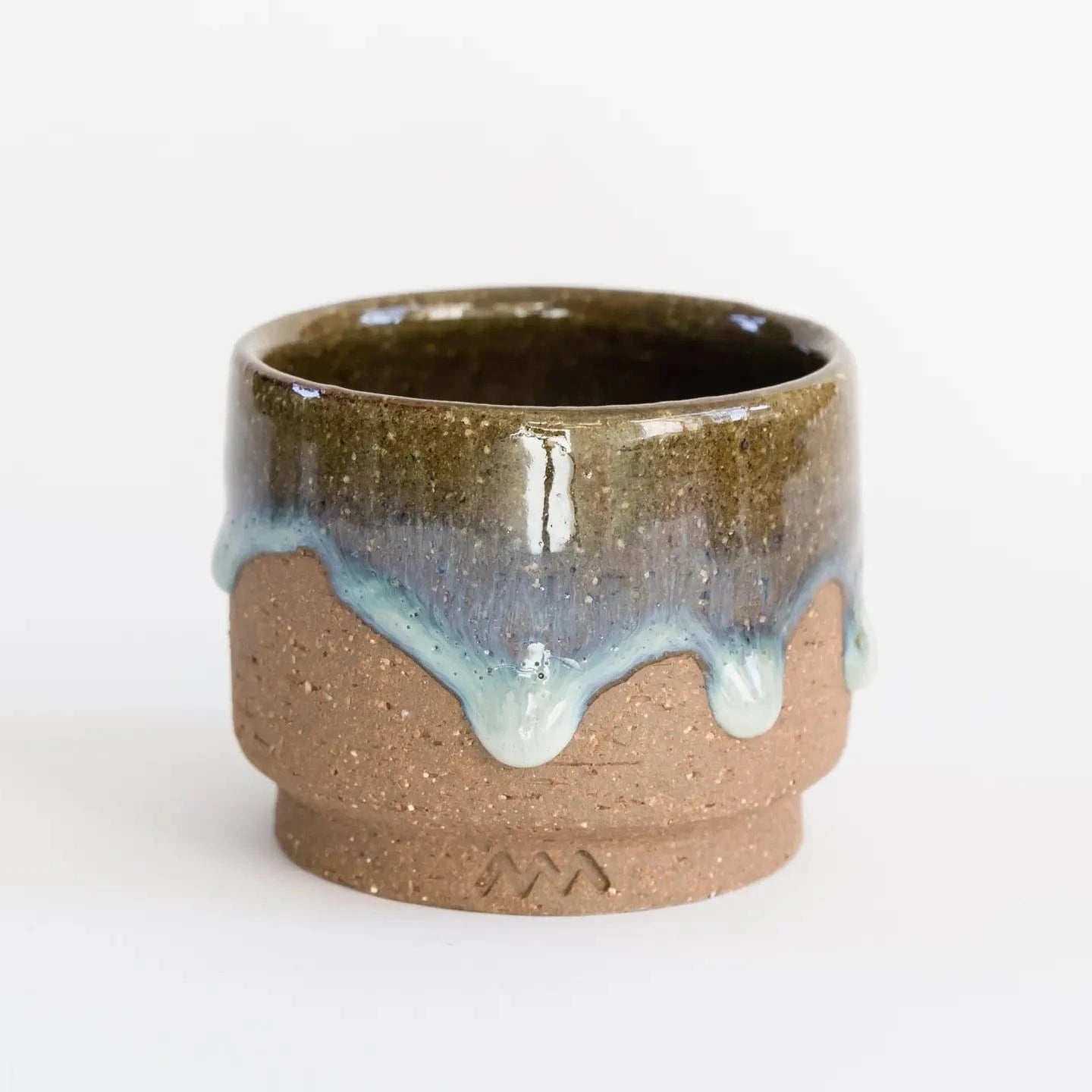
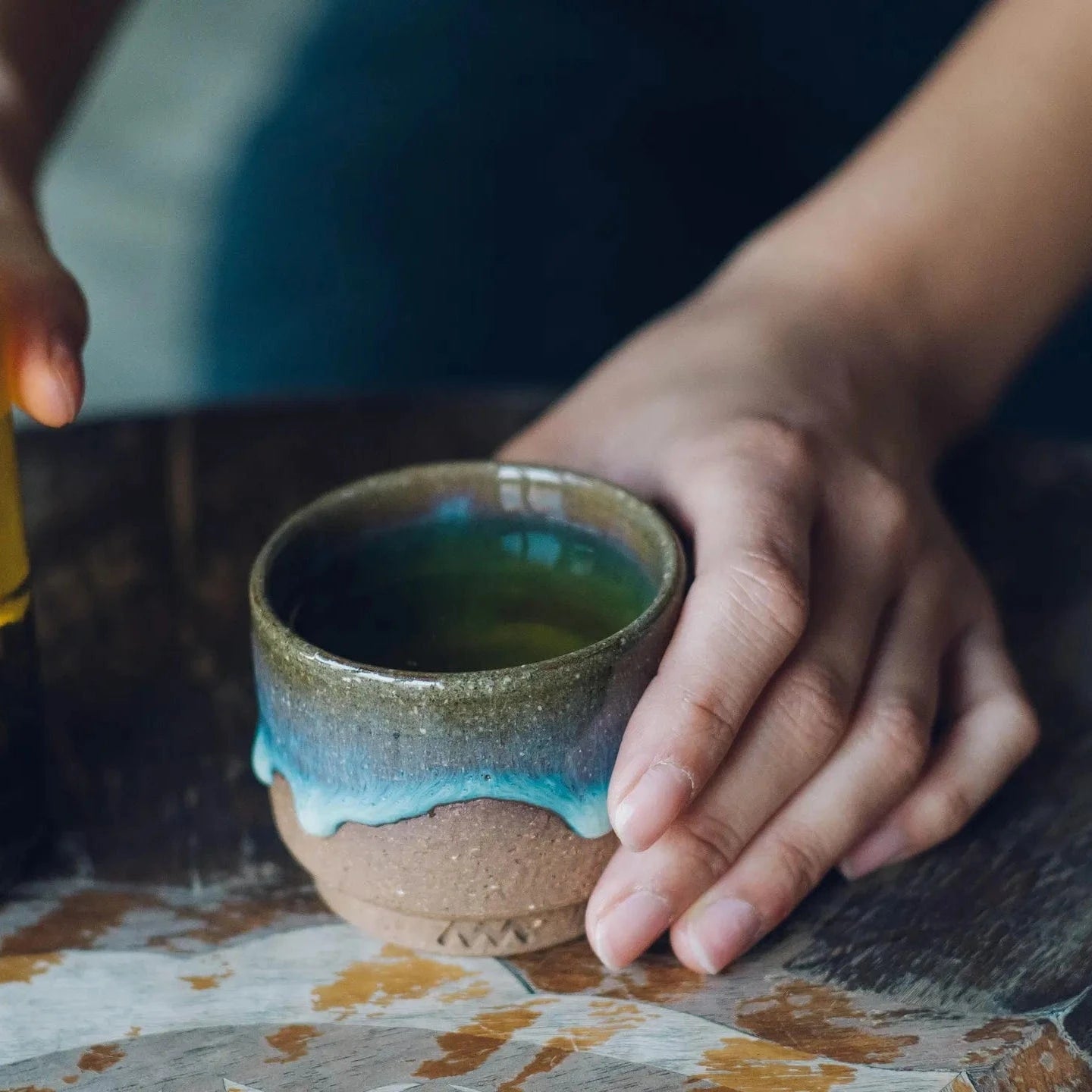
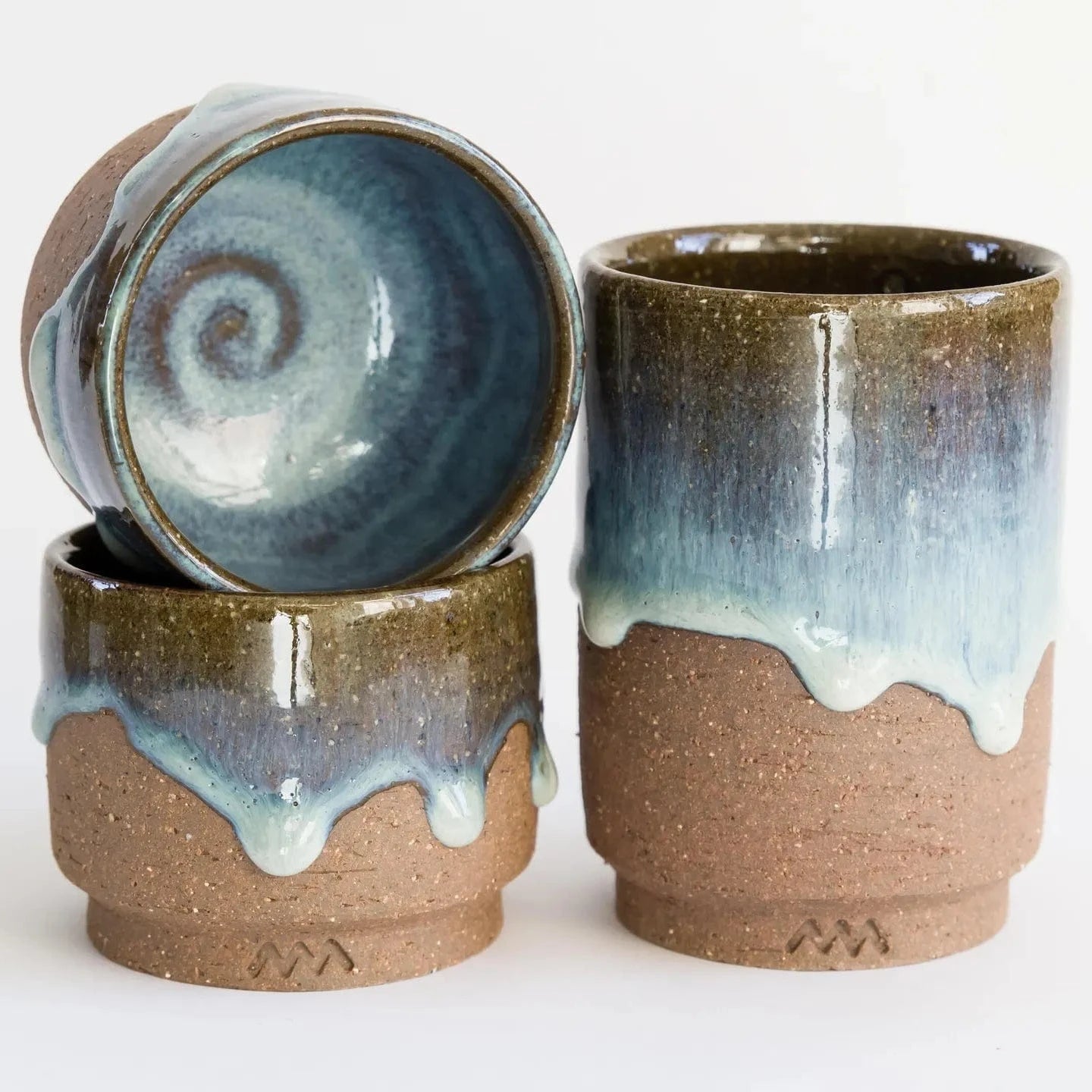
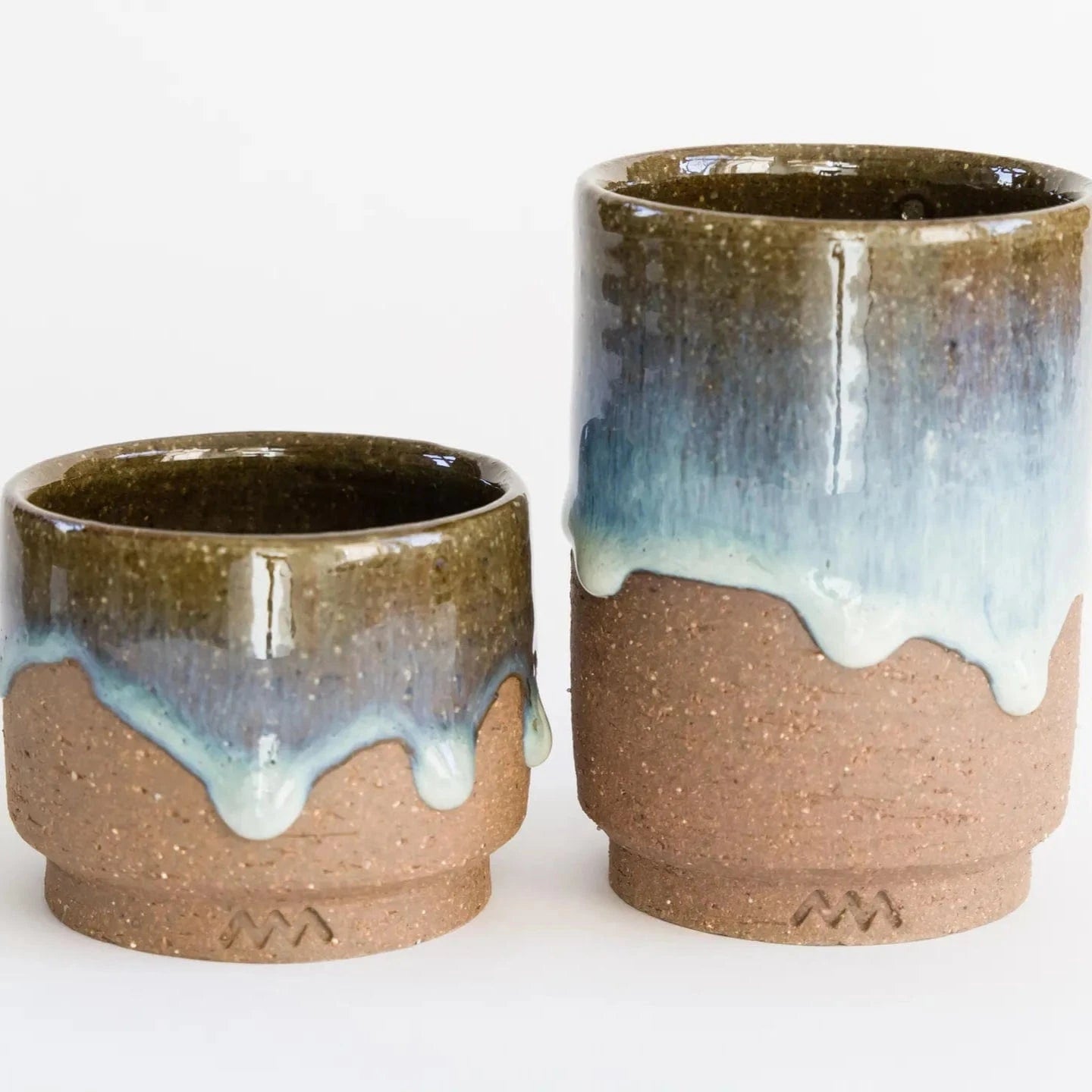
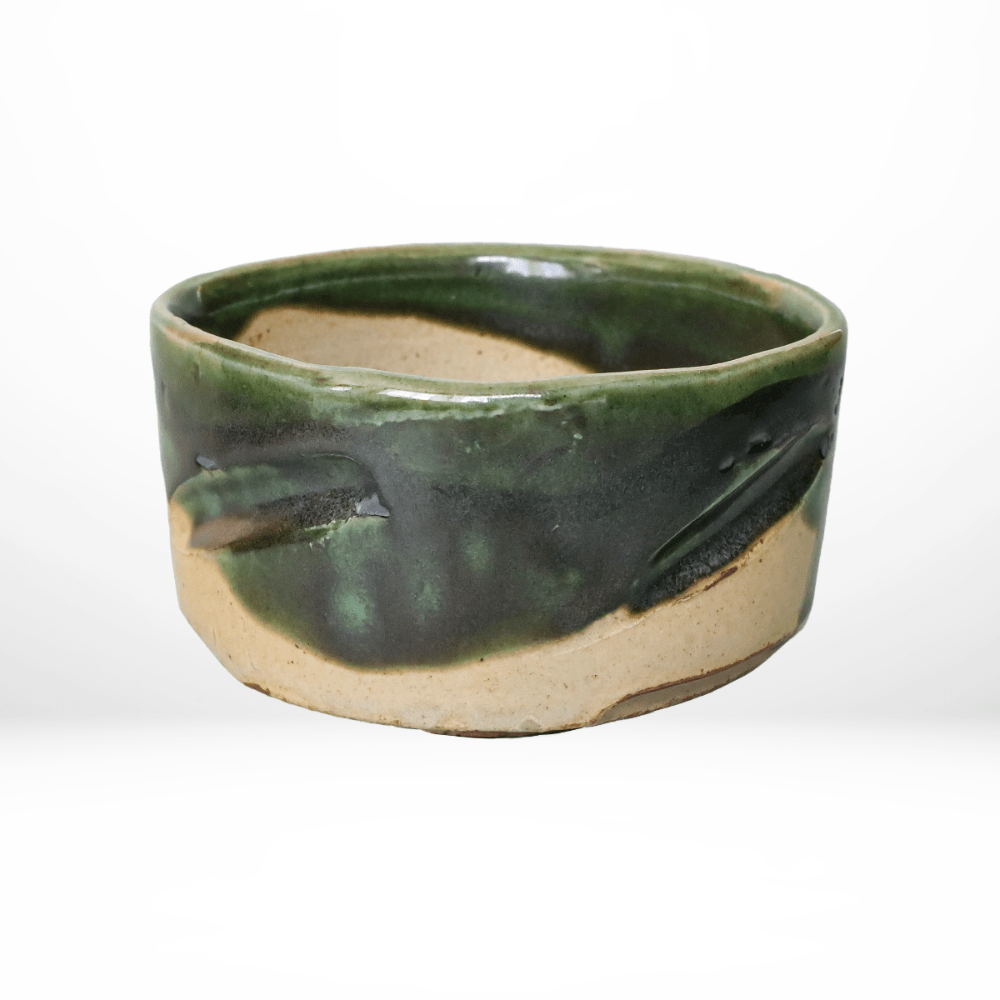
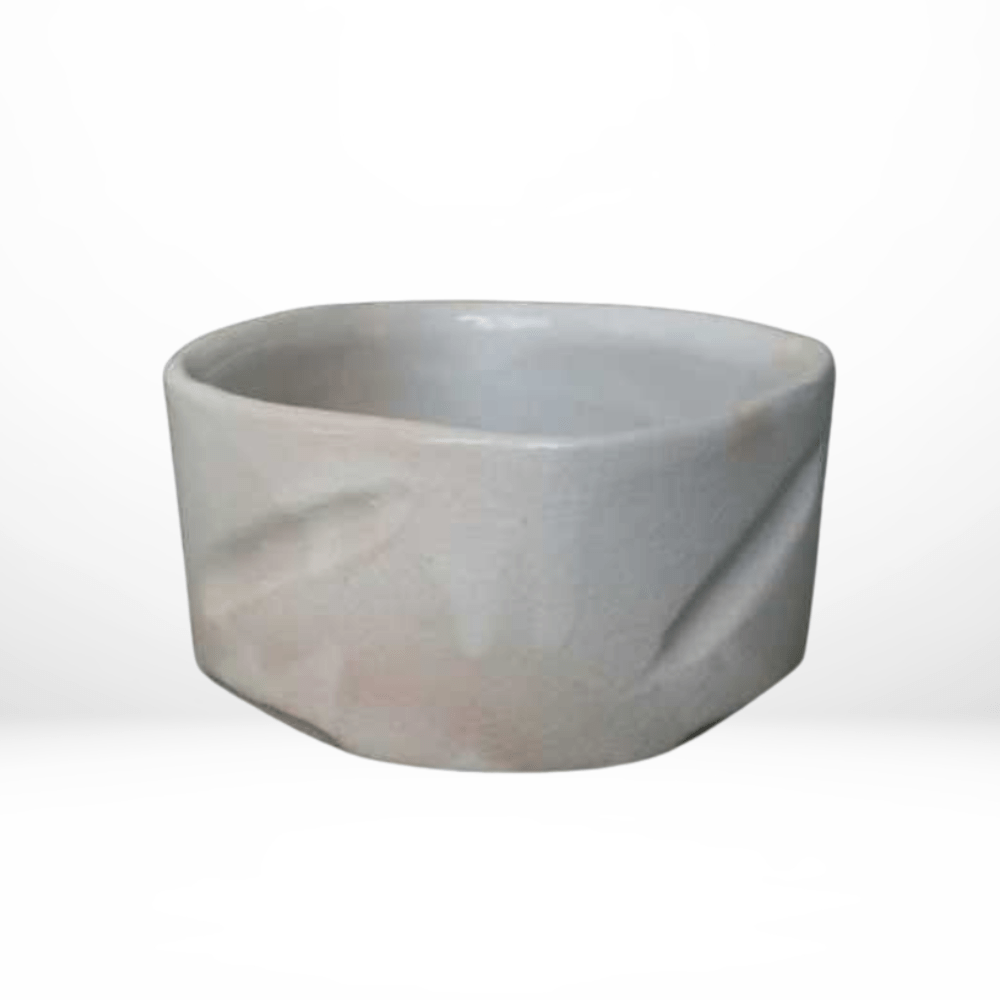
Share: